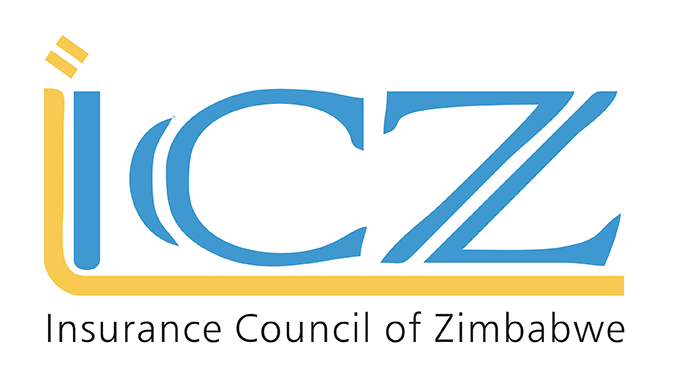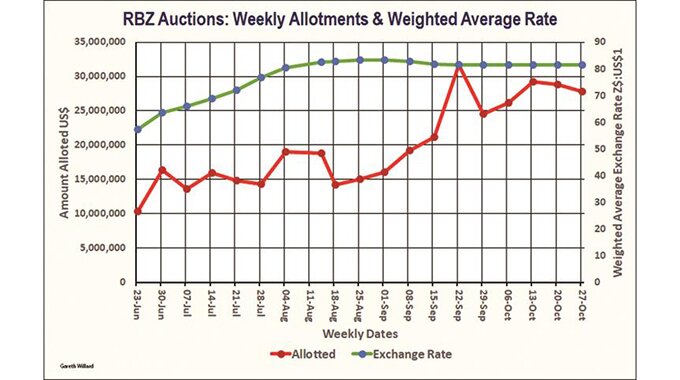Bulawayo Bureau
THE country is importing up to 600MW of electricity from regional producers so as to cover the supply gap, which is created by subdued energy generation capacity mainly by ageing thermal power stations.
Zimbabwe is producing an average of about 900MW electricity daily against a demand of between 1400MW and 1500MW. Kariba Dam Power Station currently dominates domestic output while Hwange, the largest thermal station with 920MW installed capacity and three smaller thermals — in Bulawayo, Harare and Munyati — are producing below capacity.
As of yesterday, the Zimbabwe Power Company (ZPC) indicated that Kariba was producing 637MW, Hwange 184MW, Bulawayo zero, Munyati 14MW and Harare 15MW. Combined output from all the five power stations was 850MW.
In written response to questions from our Bulawayo Bureau, Zimbabwe Energy Regulatory Authority (Zera) chief executive officer, Engineer Eddington Mazambani, said power imports were made possible through concerted efforts towards clearing arrears with regional suppliers mainly Eskom of South Africa) and HCB and EDM of Mozambique.
Advertisement
“Imports account for between 33-40 percent of our power requirements. Our internal generation is about 900MW against a demand of between 1400MW and 1500MW with 500-600MW covered by imports,” he said.
Eng Mazambani said the recent tariff increase by Zesa was justified as the utility was working on recovering operating costs. He said the previous tariff had been eroded by exchange rate deterioration and inflation from the award of October 2019, which allowed the company to recover operating costs.
This week, Zesa increased the tariff by 50 percent with the first 50 power units now being charged at a base tariff of $1,67 from $1,11 per unit. The next 150 units now cost $3,65 per up from old $2,43. From 201-300 units, consumers are now charged $9,92, an increase from $6,62 per unit. Units above 300 will now attract a rate of $15,57 instead of the old $10,38. Early this year, Zesa added a new band 201-300 units, which gives a total of 300 subsidised units from 200.
“The adjustments are, therefore, as a result of indexation, which was provided for and approved in the October 2019 Tariff determination,” said Eng Mazambani.
He explained that the electricity tariff increase was being staggered to cushion consumers from a massive once off adjustment. Staggering the power tariff increase, he said, will give consumers time to adjust to new tariffs.
“Tariff adjustments are not going to be monthly in the future, the previous monthly adjustments were done to cushion the consumers. We should all agree that the tariff had lost value from previous adjustment in October 2019,” said Eng Mazambani.
“The tariff is indexed and any review will be based on among other factors, the performance of the exchange rate and inflation.
“Any reviews will be based on the approved indexation formula.”
The staggered upwards tariff adjustment since September has resulted in improved cash flows, with coal producers confirming that the power utility had started making payments for outstanding supplies.
“There is an improvement in terms of payments. . . It is encouraging,” Coal Producers Association president Mr Raymond Mutokonyi, told our Harare Bureau on Tuesday.
Advertisement
Acting ZPC director, Mr Wellington Maphosa, confirmed that they had started paying the coal producers. Earlier, the coal miners had warned of severe disruption of coal to thermal stations, arguing that failure by Zesa to clear the debt was incapacitating the producers.
This was going to have an adverse impact on the country’s power situation. At some point the power utility had to approach the Treasury for a bailout.
– HERALD








